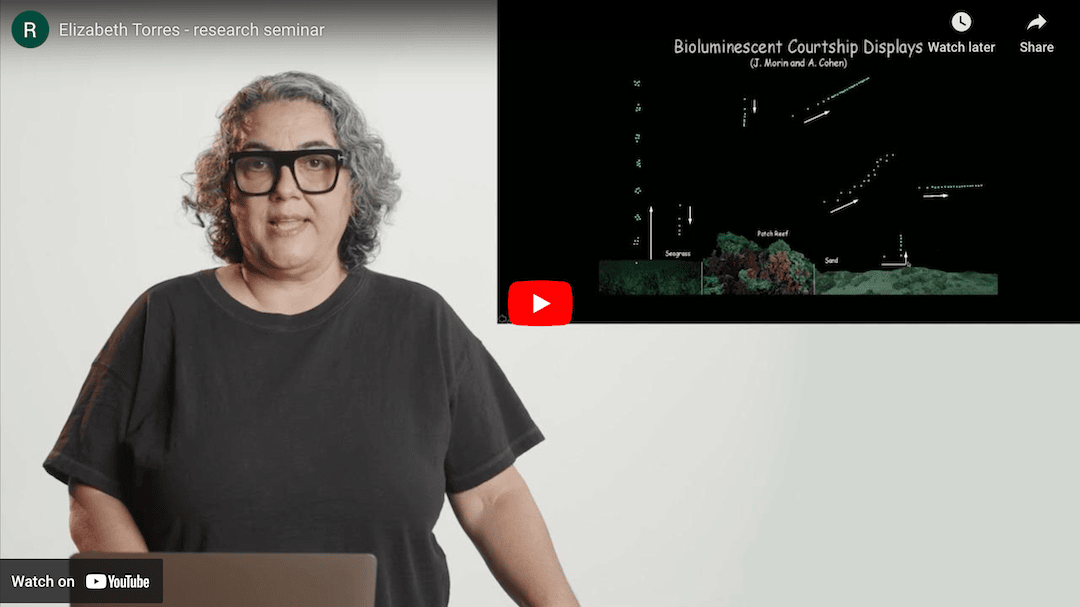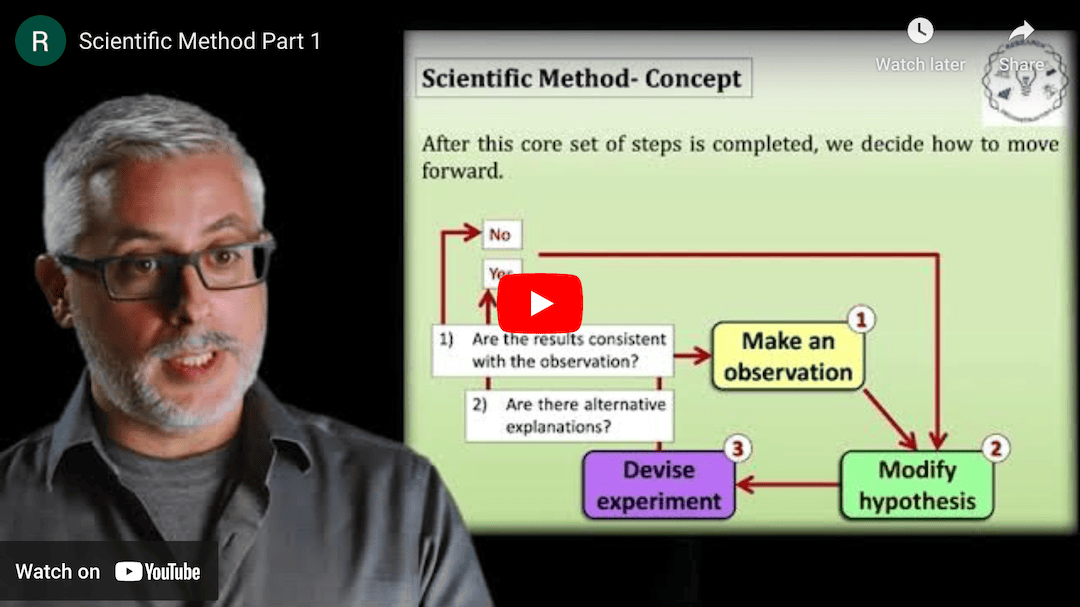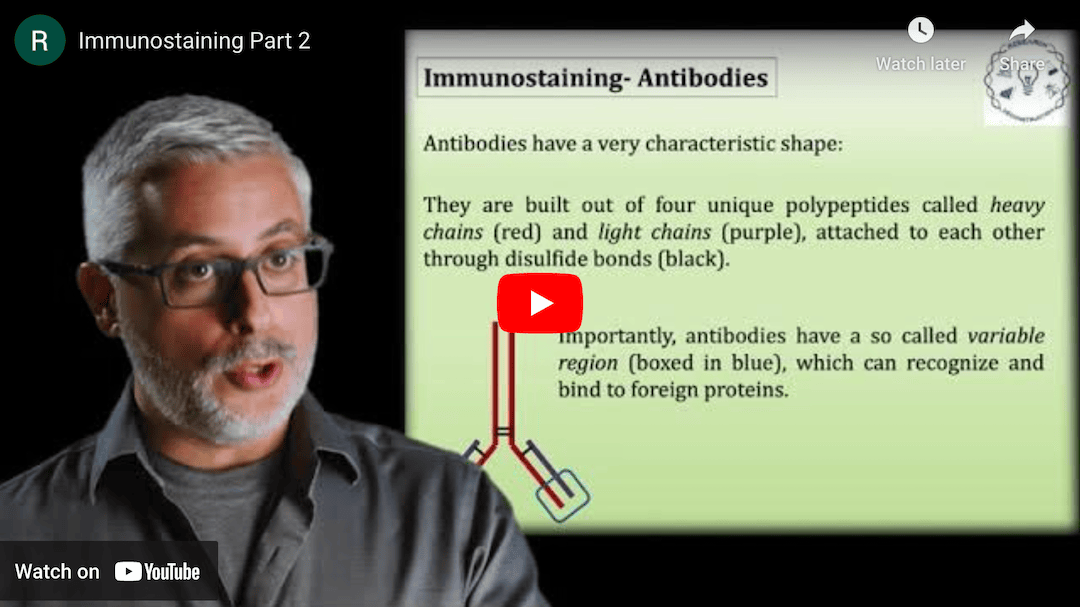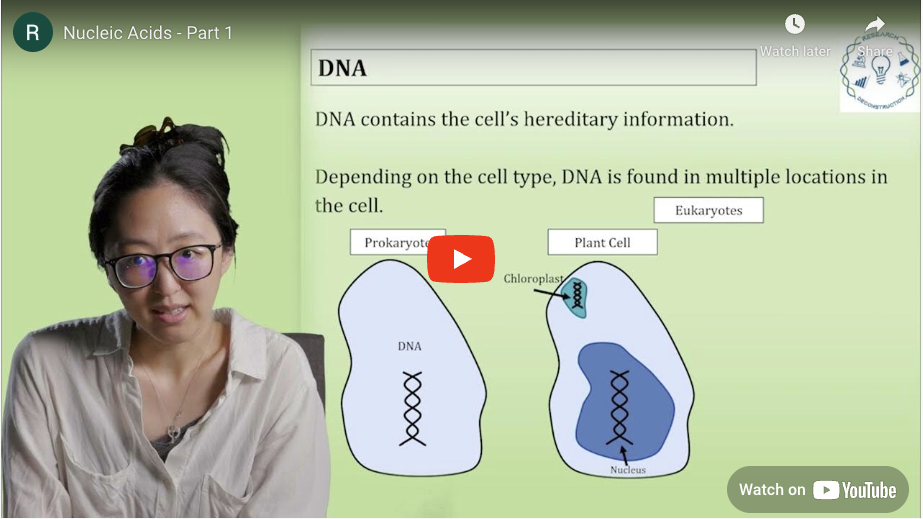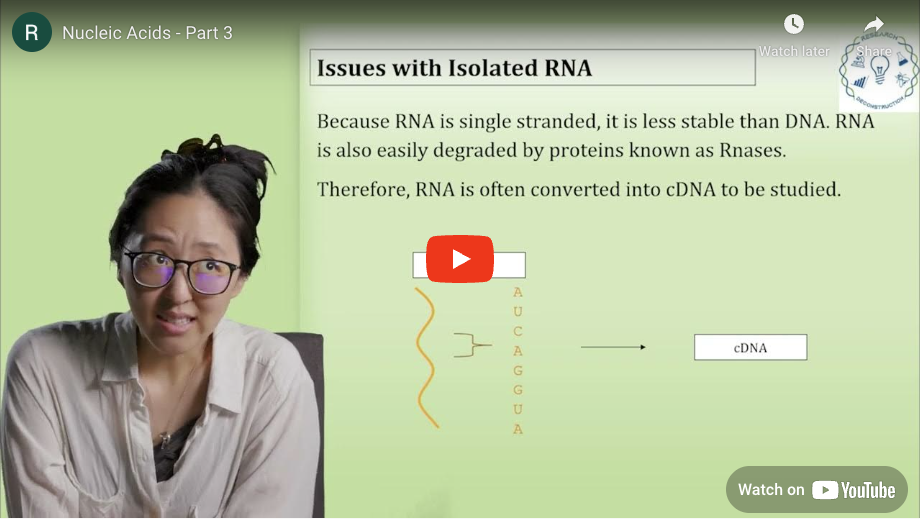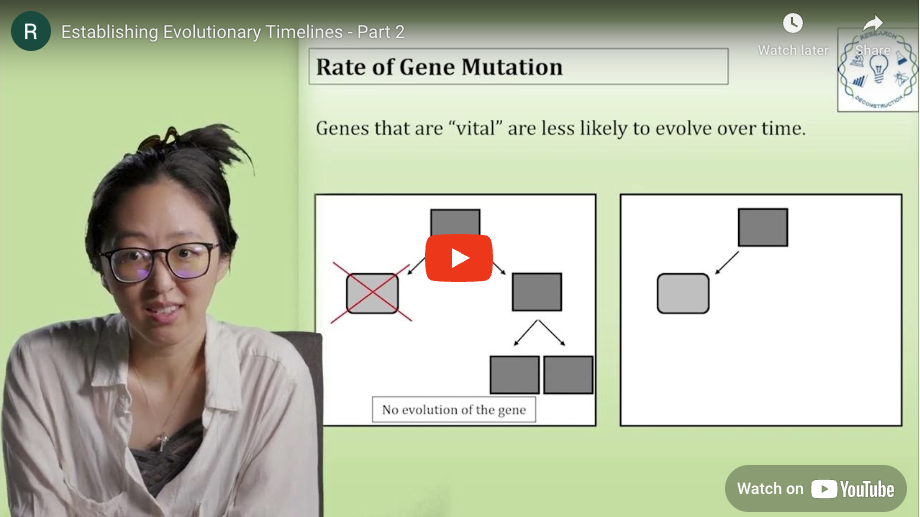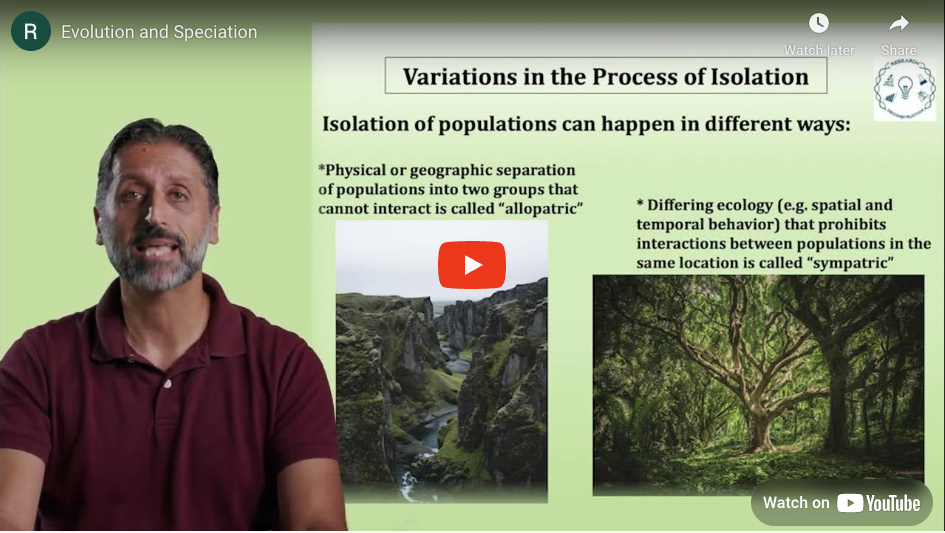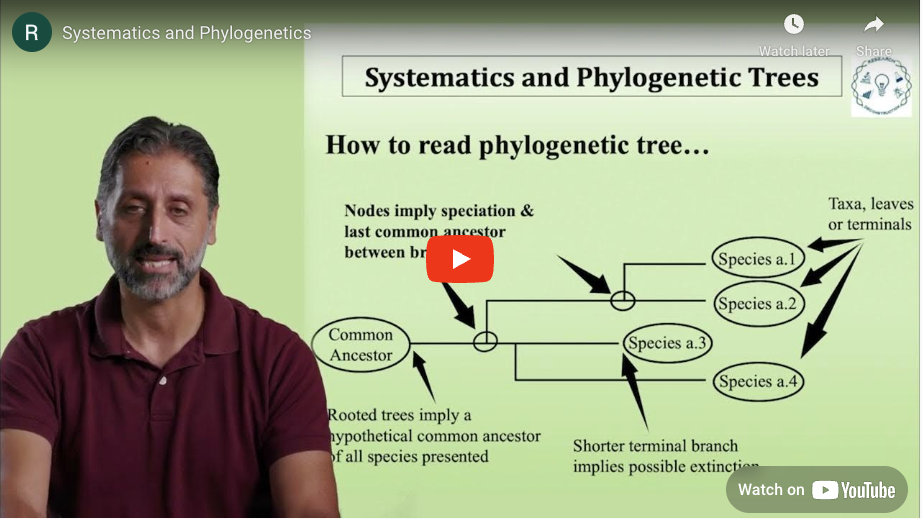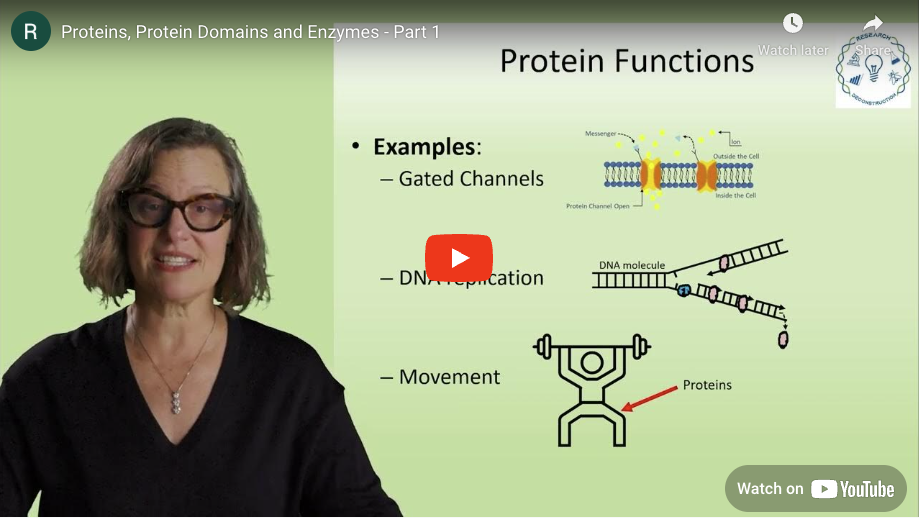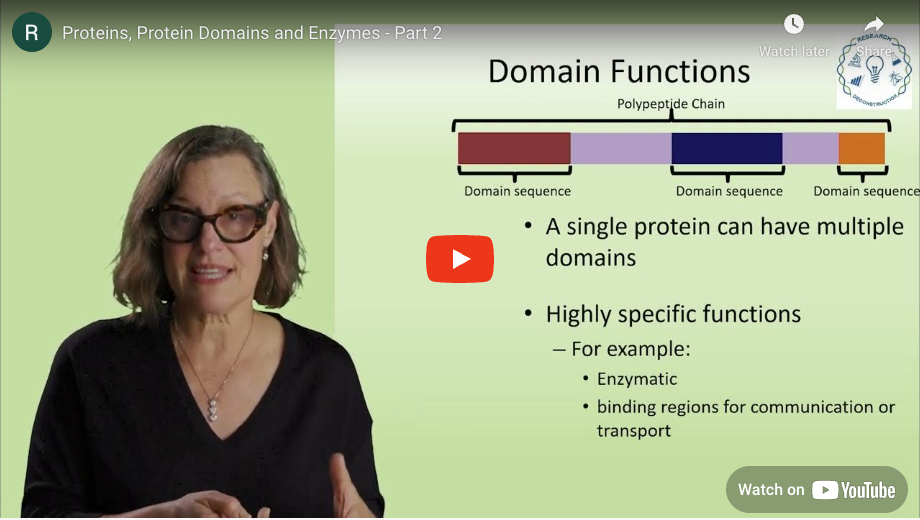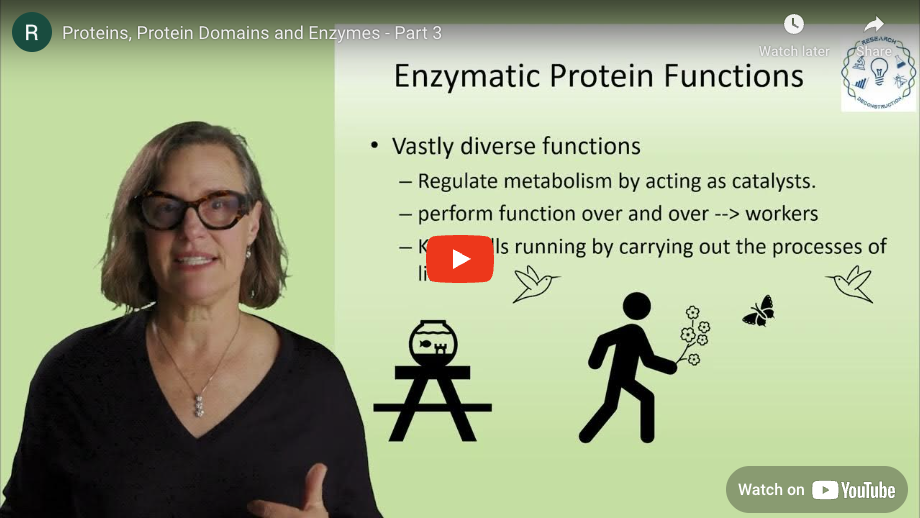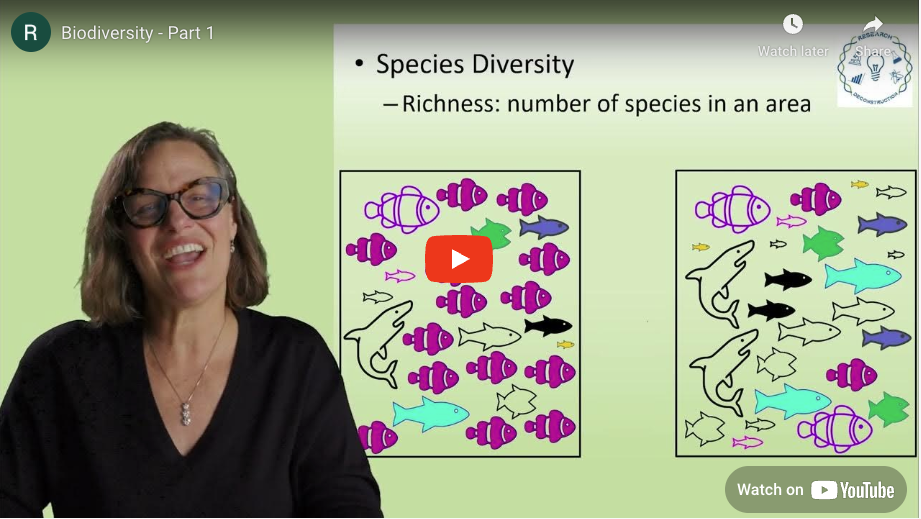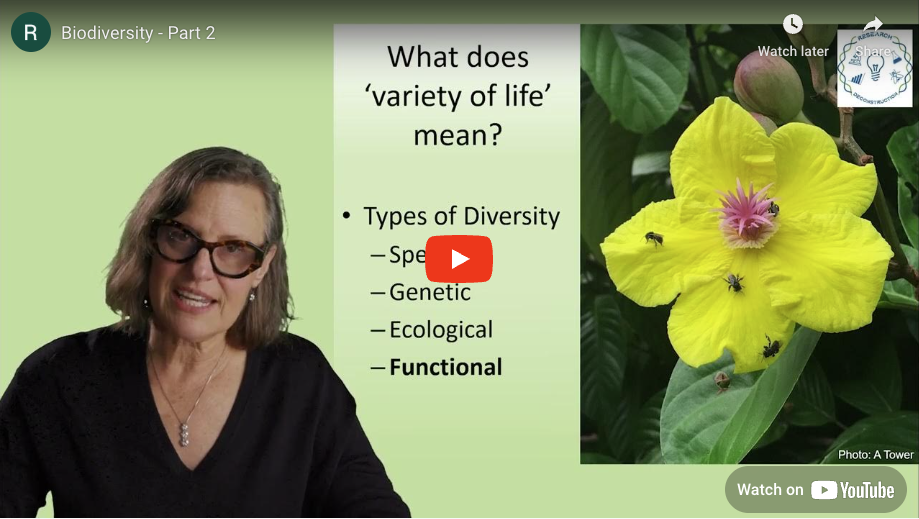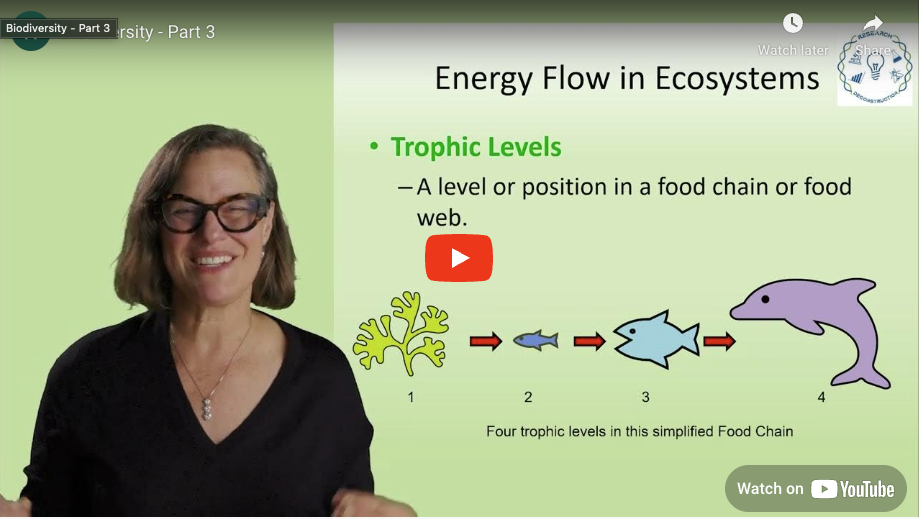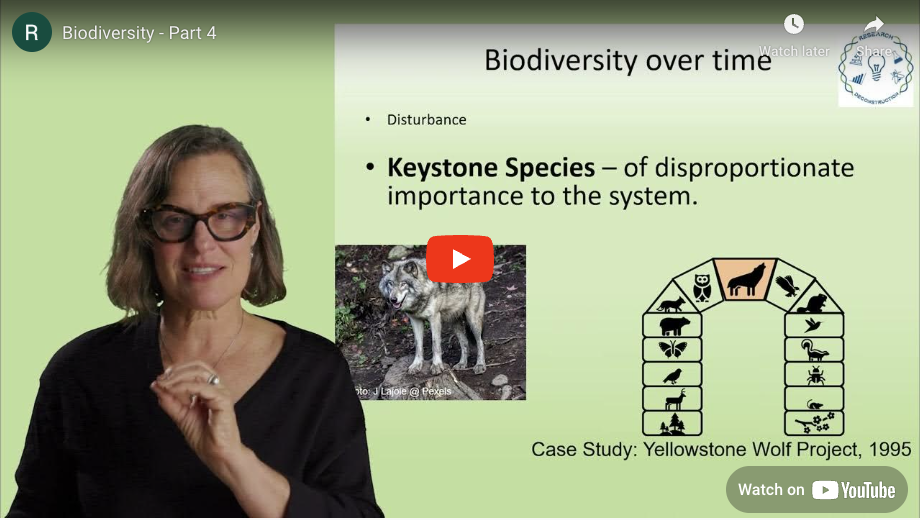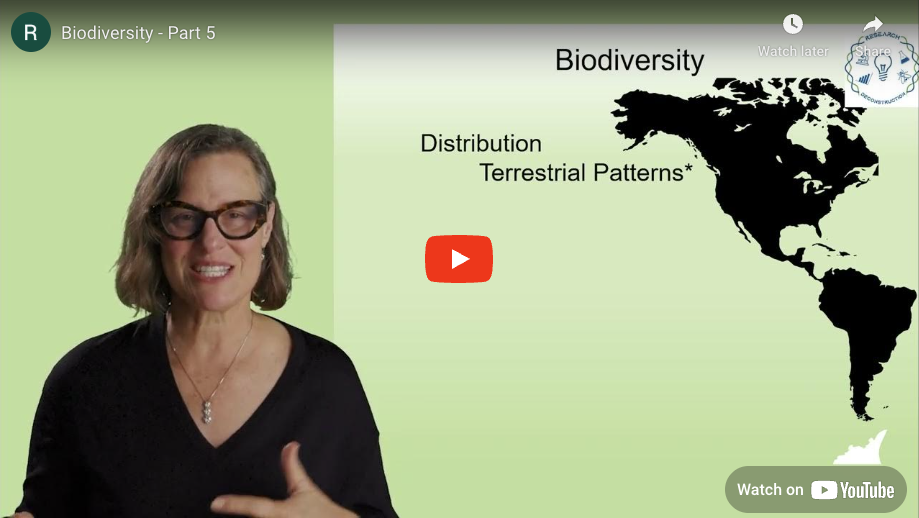This Research Deconstruction – General Biology module contains content designed to be easily added to your biology course: a research seminar video and a series of tutorial videos, as well as sample syllabi as examples for how you might integrate the material with your syllabus. The research seminar provides the source material for the deconstruction. The tutorial videos are intended to support the deconstruction by introducing students to fundamental concepts or techniques used in the research. They can be assigned for pre-class viewing and then reviewed in class during discussion of experiments or other content from the seminar.
These video resources are available at Canvas Commons. An overview of each video is provided below. You can read the overview to decide whether or not the video is relevant to your course.
This material is openly licensed via CC BY-NC-ND 4.0.
This seminar, by Dr. Elizabeth Torres of California State University, Los Angeles, focuses on the evolution of bioluminescence in ostracods, a small marine invertebrate. Bioluminescence has evolved over 90 times during the course of animal evolution, and at least twice in ostracods, where it functions in courtship and/or defense against predators. Dr. Torres’ work relates strongly to the study of biodiversity and evolution, and how information from genomic analysis and DNA sequences can help elucidate evolutionary history and the evolutionary relationship of different species to each other, important topics for general biology.
Tips and Pointers on Integrating Content with your Syllabus
Research deconstruction is flexible, and there are multiple ways that you can incorporate it into your class. However, the following pointers are worth keeping in mind:
- As you watch the seminar for the first time, try to find points of alignment between concepts or experimental techniques from the seminar and concepts covered in your regular course syllabus. These will provide opportunities for you to use part of the seminar to show how the concept(s) you are teaching in your class relate to the research presented by the speaker. Two sample syllabi are presented below.
- Most faculty have their class watch the seminar early in the semester, so they can deconstruct it gradually over the course of the semester.
- Keep in mind that your students will understand very little of the seminar when they first see it. You will need to reassure them that this is expected, and that they will understand much more of it by the end of the semester.
- Because this is more advanced material than students usually encounter in an introductory course, we recommend that any assessments related to topics from the seminar be low stakes and graded on effort rather than accuracy.
- One low stakes assignment you might consider is a reflection piece that you can assign immediately after students view the seminar, and again at the end of the course, after the material has been deconstructed. This helps students see how much they’ve learned over the course of the semester. A sample reflection assignment is available below.
- To help facilitate discussing advanced techniques such as immunostaining, we have produced a series of video tutorials. You can assign a tutorial for students to watch before class, and then you can review the content in class while connecting it to material from your syllabus and/or experiments from the seminar.
- It is not necessary to use all of the video tutorials for this module. You can use as many or as few as you wish.
- Finally, while you want to maintain the thread of the story in deconstructing the research seminar in your course, you do not need to cover the entirety of the seminar. It is perfectly fine to leave out some parts, due to timing or the complexity of the material. It is more important that students understand the parts that are covered.



